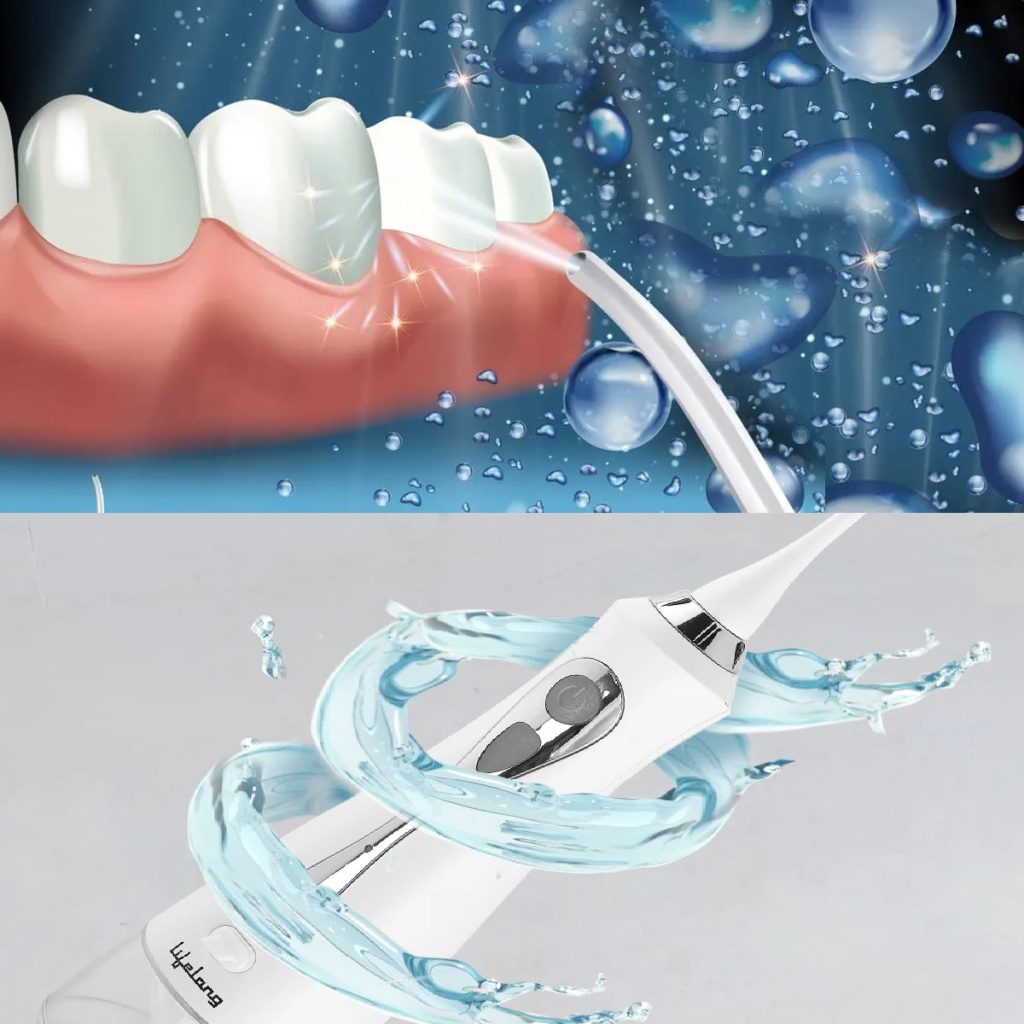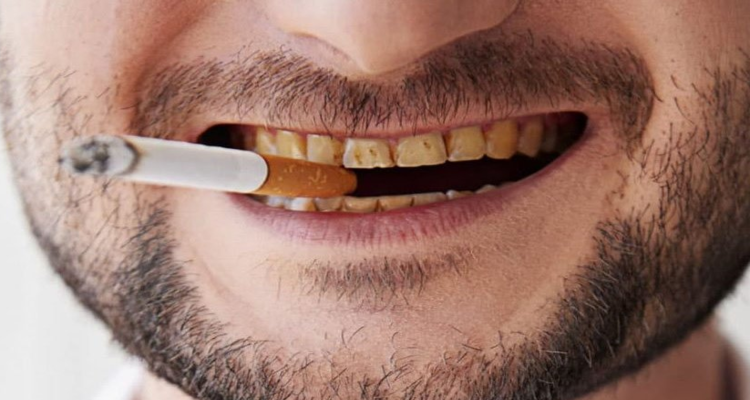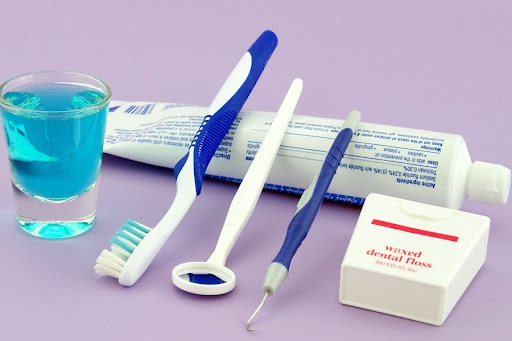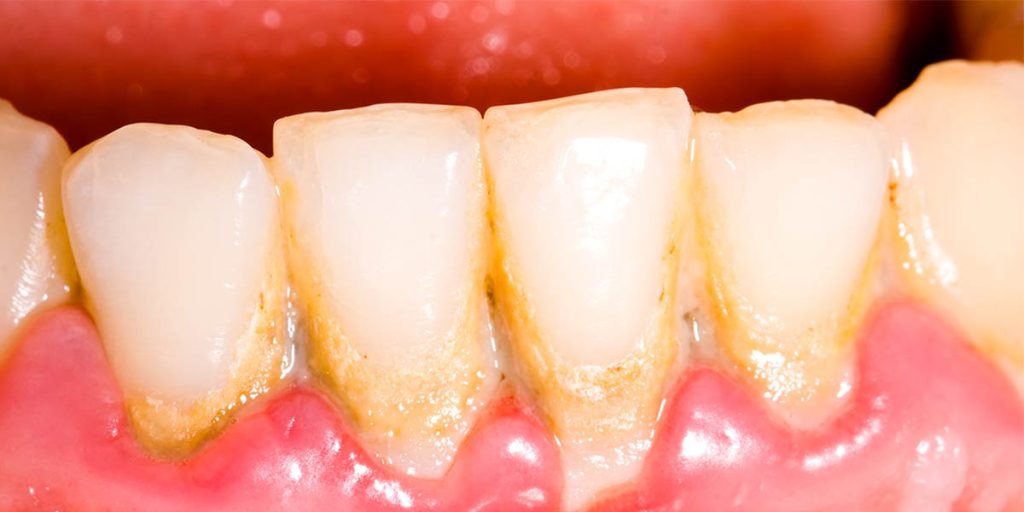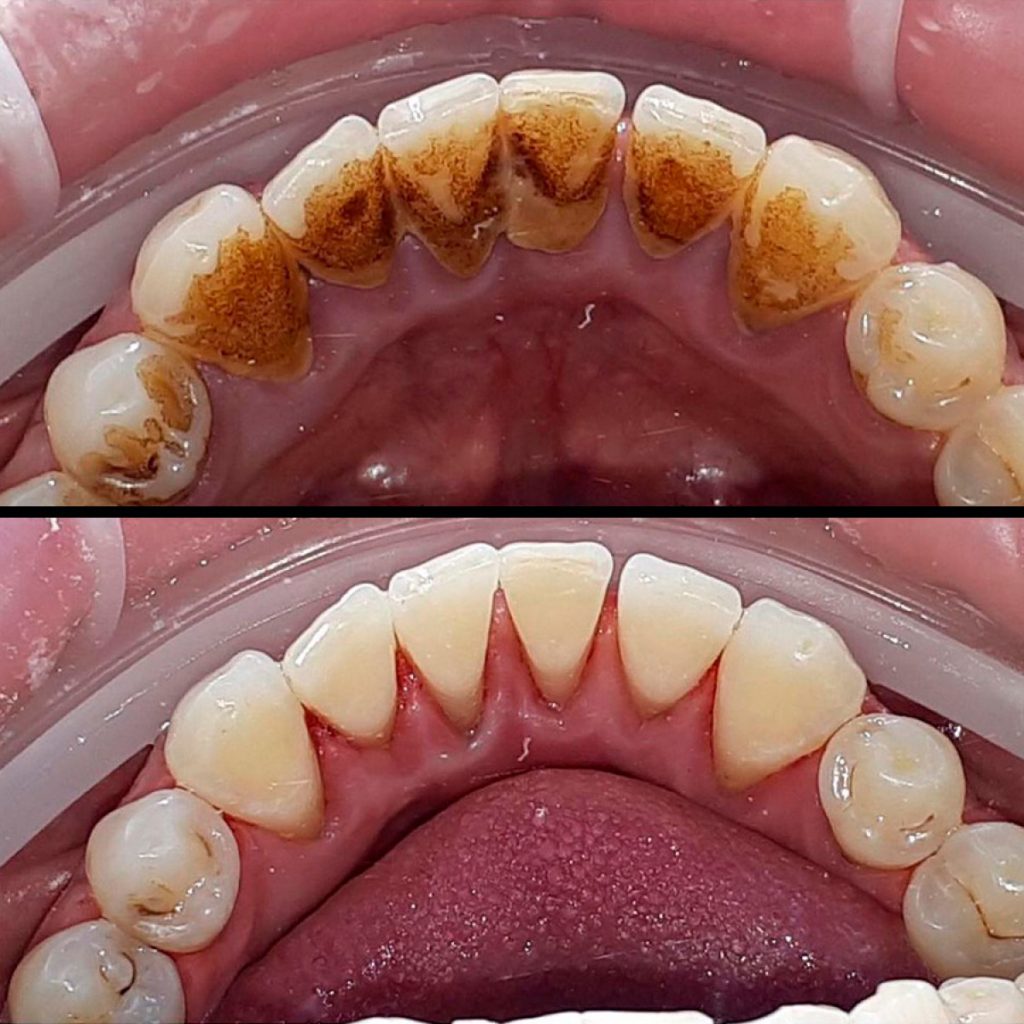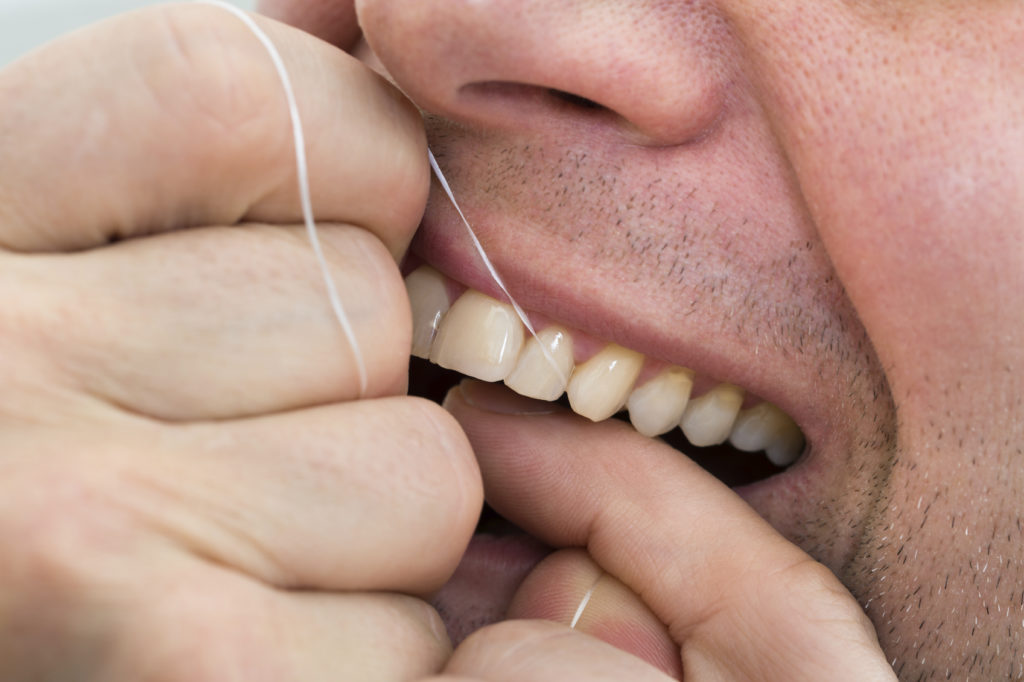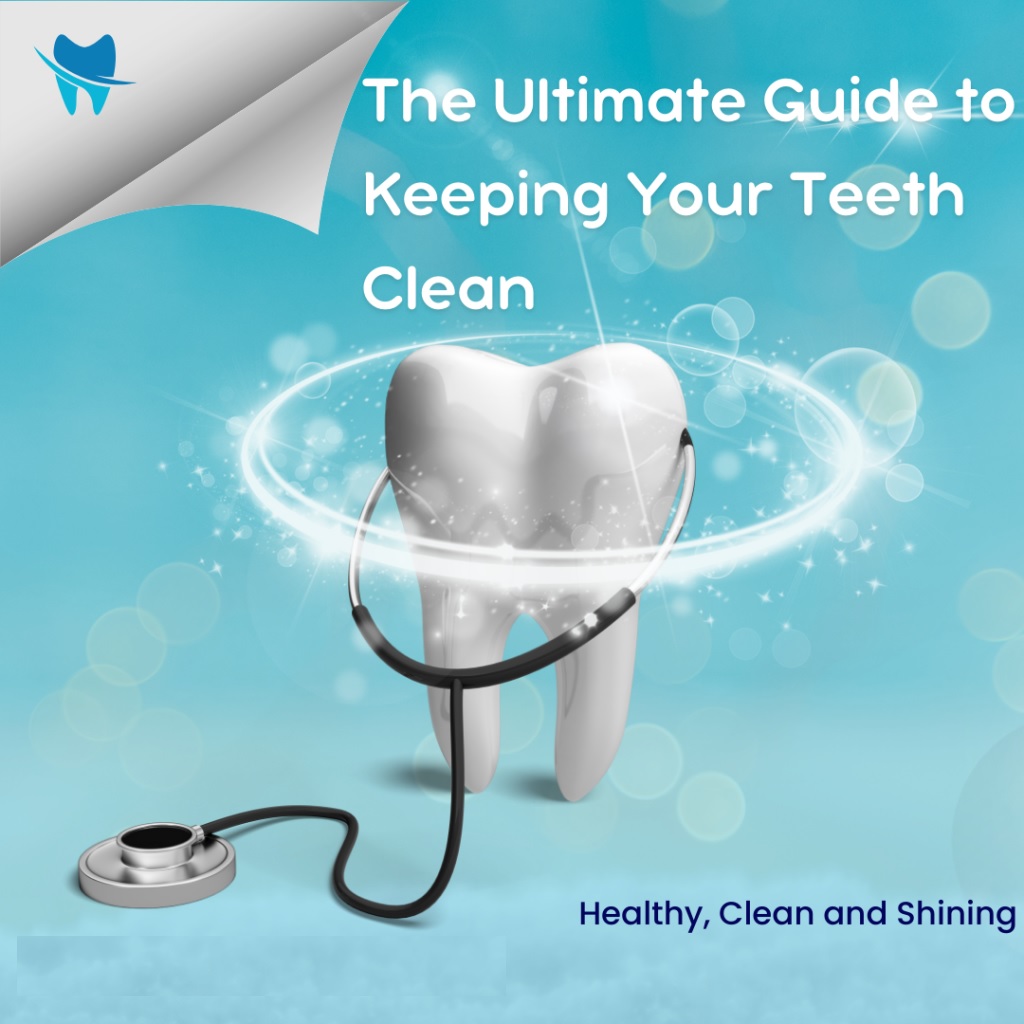Dental cleaning with laser
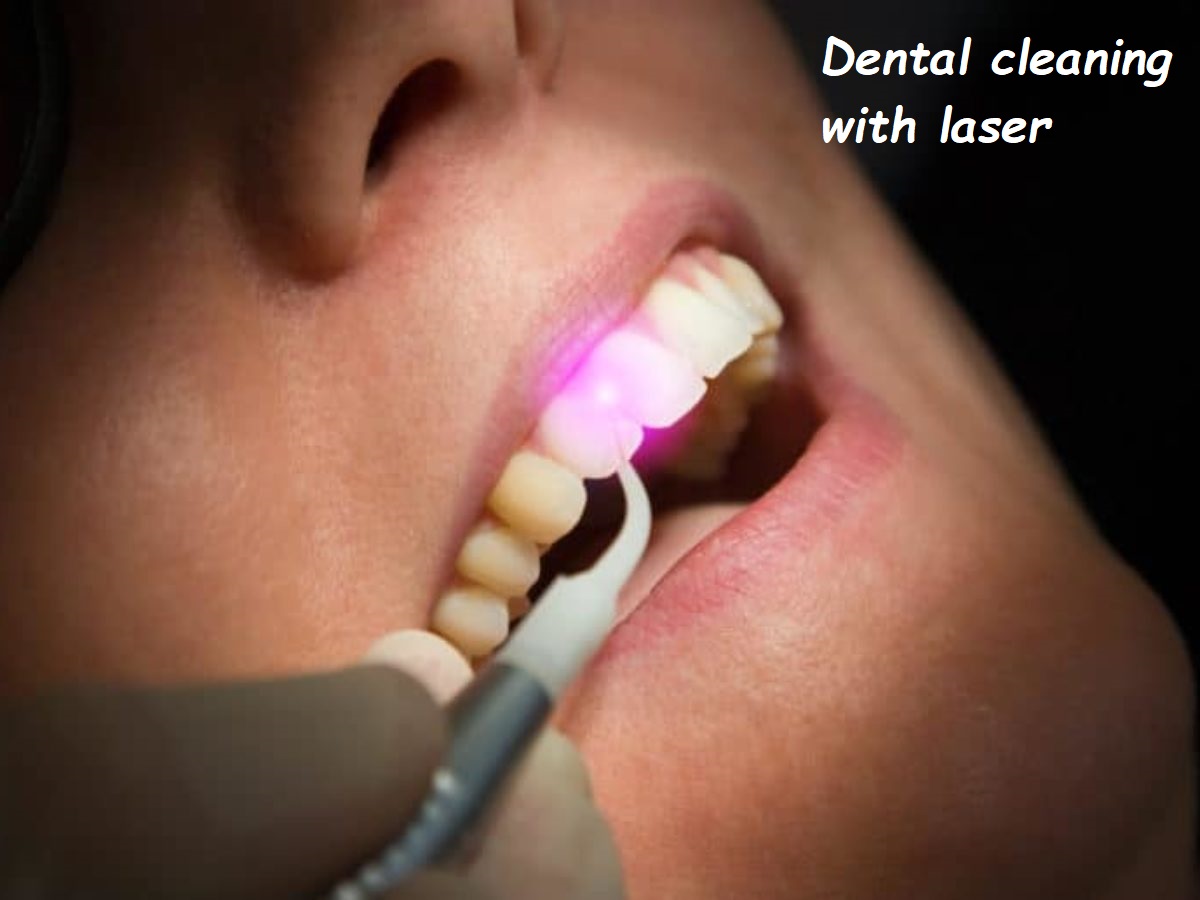
Maintaining oral hygiene is crucial for overall health. Traditional dental cleaning methods have served us well, but technological advancements have introduced more efficient and less invasive techniques. One such innovation is dental cleaning with laser technology. This method promises to enhance the effectiveness of dental cleanings while minimizing discomfort. In this comprehensive guide, we will explore the ins and outs of dental cleaning with laser, its benefits, its procedure, and why it might be the right choice for your dental care.
What is Dental Cleaning with Laser?
Dental cleaning with laser, also known as laser-assisted dental cleaning or laser periodontal therapy, involves using laser technology to remove plaque, tartar, and bacteria from teeth and gums. Lasers offer a more precise and less invasive approach, unlike traditional cleaning methods that use mechanical tools. The laser in this procedure emits a focused light beam that targets and eliminates harmful bacteria and deposits on the teeth and gum line.
Benefits of Dental Cleaning with Laser
1. Enhanced Precision and Efficiency
One of the primary advantages of dental cleaning with laser is its precision. The laser can accurately target areas affected by plaque and tartar without damaging the surrounding healthy tissue. This precision ensures that the cleaning process is thorough and effective, reducing the risk of missed spots and potential dental issues down the line.
2. Minimally Invasive
Traditional dental cleaning methods can sometimes cause discomfort, especially for patients with sensitive gums. Laser dental cleaning is minimally invasive, meaning it causes less trauma to the gums and teeth. Patients often experience less bleeding, swelling, and discomfort during and after the procedure.
3. Reduced Risk of Infection
The high-energy light beam used in laser cleaning has sterilizing properties, which help eliminate bacteria and reduce the risk of infection. This is particularly beneficial for patients with gum disease, as it helps control bacterial growth and promotes healing.
4. Faster Healing and Recovery
Since laser dental cleaning is less invasive, patients typically experience faster healing and recovery. The procedure promotes tissue regeneration and reduces inflammation, allowing the gums to heal more quickly than traditional cleaning methods.
5. Improved Comfort
Many patients find dental cleaning with laser more comfortable than traditional methods. The laser’s precision and reduced mechanical scraping and prodding create a more pleasant experience. For individuals with dental anxiety, this can make a significant difference.
The Dental Cleaning with Laser Procedure
1. Initial Consultation
Before dental cleaning with laser, you will have an initial consultation with your dentist. During this appointment, the dentist will assess your oral health, discuss your dental history, and determine if laser cleaning suits you. This consultation is also an opportunity for you to ask questions and address concerns about the procedure.
2. Preparation
On the day of the procedure, your dentist will prepare your mouth for the laser cleaning. This may involve applying a local anesthetic to ensure your comfort during the treatment. The dentist will also provide protective eyewear to shield your eyes from the laser light.
3. Laser Cleaning Process
The dentist will use a specialized laser device to perform the cleaning. The laser emits a concentrated light beam that targets and vaporizes plaque, tartar, and bacteria on the teeth and gums. The dentist will carefully guide the laser over each tooth and along the gum line to ensure a thorough cleaning. The process is typically quick and efficient, taking less time than traditional cleaning methods.
4. Post-Procedure Care
After the laser cleaning, your dentist will provide you with post-procedure care instructions. This may include recommendations for maintaining oral hygiene, such as regular brushing and flossing, and avoiding certain foods or beverages that could irritate your gums. Your dentist may also schedule follow-up appointments to monitor your progress and ensure your gums heal properly.
Is Dental Cleaning with Laser Right for You?
Dental cleaning with laser is suitable for most patients, but it may not be the best option for everyone. Here are some factors to consider when determining if laser cleaning is right for you:
1. Severity of Gum Disease
Laser dental cleaning is particularly effective for patients with moderate to severe gum disease. The laser’s ability to target and eliminate bacteria is an excellent choice for treating periodontal issues. However, patients with mild gum disease or those needing routine cleanings may also benefit from the precision and comfort of laser cleaning.
2. Dental Sensitivity
If you have sensitive gums or teeth, laser dental cleaning can be a more comfortable alternative to traditional methods. The minimally invasive nature of the laser reduces discomfort and irritation, making the procedure more tolerable for individuals with dental sensitivity.
3. Dental Anxiety
For patients who experience anxiety or fear related to dental visits, laser dental cleaning can be a game-changer. The procedure is less intimidating and often less painful, helping to alleviate dental anxiety and making it easier for patients to receive the care they need.
4. Overall Oral Health
Your oral health plays a significant role in determining the suitability of laser dental cleaning. Patients with good oral hygiene habits and relatively healthy gums and teeth are excellent candidates for this procedure. However, those with severe dental issues may require additional treatments or a combination of traditional and laser cleaning methods.
How to Prepare for Dental Cleaning with Laser
1. Maintain Good Oral Hygiene
In the days before your laser dental cleaning, maintain good oral hygiene practices. Brush your teeth at least twice a day, floss regularly, and use an antiseptic mouthwash to reduce bacteria in your mouth. This will help ensure that your teeth and gums are in the best possible condition for the procedure.
2. Communicate with Your Dentist
Communicate openly with your dentist before the procedure. Inform them of any medical conditions, medications, or allergies you may have. This information will help your dentist tailor the procedure to your specific needs and ensure your safety and comfort.
3. Follow Pre-Procedure Instructions
Your dentist may provide you with specific instructions to follow before the procedure. This could include avoiding certain foods or beverages, refraining from smoking, and taking prescribed medications. Following these instructions will help prepare your mouth for the laser cleaning and minimize potential complications.
What to Expect During the Procedure
1. Minimal Discomfort
One key benefit of dental cleaning with laser is the minimal discomfort associated with the procedure. Most patients report feeling little to no pain during the treatment. The laser’s precision allows for a more comfortable experience, even for sensitive teeth and gums.
2. Quick and Efficient Process
The laser cleaning process is typically quicker than traditional methods. The focused light beam efficiently removes plaque and tartar, reducing the time spent in the dentist’s chair. This particularly benefits patients with busy schedules or prefer shorter dental appointments.
3. Immediate Results
After the procedure, you will notice immediate results. Your teeth and gums will feel cleaner, and you may experience reduced gum inflammation and bleeding. The laser’s ability to target and eliminate bacteria contributes to healthier gums and a fresher mouth.
Post-Procedure Care and Maintenance
1. Follow Your Dentist’s Instructions
After the laser cleaning, your dentist will provide specific instructions for post-procedure care. It’s essential to follow these guidelines to ensure proper healing and maintain the treatment’s results. This may include recommendations for oral hygiene practices, dietary restrictions, and follow-up appointments.
2. Maintain Regular Dental Checkups
Regular dental checkups are crucial for maintaining good oral health. Schedule routine visits with your dentist to monitor the health of your teeth and gums. Your dentist can detect any potential issues early on and provide timely treatment to prevent further complications.
3. Practice Good Oral Hygiene
Continue to practice good oral hygiene habits at home. Brush your teeth at least twice daily, floss daily, and use an antiseptic mouthwash to reduce bacteria. Proper oral hygiene will help maintain the results of your laser dental cleaning and prevent the buildup of plaque and tartar.
The Future of Dental Cleaning: Advancements in Laser Technology
As technology continues to advance, so does dentistry. Laser technology constantly evolves, leading to more precise and efficient dental cleaning methods. Researchers and dental professionals are exploring new ways to enhance the effectiveness of laser dental cleaning and expand its applications in oral health care.
1. Integration with Other Treatments
Future advancements may involve integrating laser technology with other dental treatments, such as fillings, crowns, and root canals. This integration could streamline dental procedures, reduce treatment times, and improve patient outcomes.
2. Increased Accessibility
As laser technology becomes more widespread, it will likely become more accessible to a broader range of patients. Dental practices may adopt laser cleaning as a standard option, making it available to individuals seeking more comfortable and effective dental care.
3. Enhanced Patient Experience
The future of dental cleaning with laser holds the promise of an enhanced patient experience. As technology advances, the comfort, efficiency, and effectiveness of laser dental cleaning will continue to improve, providing patients with a superior alternative to traditional methods.
Conclusion
Dental cleaning with laser technology offers a range of benefits, from enhanced precision and reduced discomfort to faster healing and improved oral health. This innovative approach to dental care is suitable for various patients, including those with gum disease, dental sensitivity, and dental anxiety. By following proper pre-and post-procedure care, you can enjoy the long-lasting results of laser dental cleaning and maintain a healthy, beautiful smile.
As dentistry continues to evolve, laser technology is poised to play a significant role in shaping the future of dental care. Whether you’re seeking a more comfortable cleaning experience or looking to address specific oral health issues, dental cleaning with laser is a cutting-edge solution worth considering. Consult with your dentist to determine if laser dental cleaning is right for you and take the first step towards a healthier, brighter smile.


